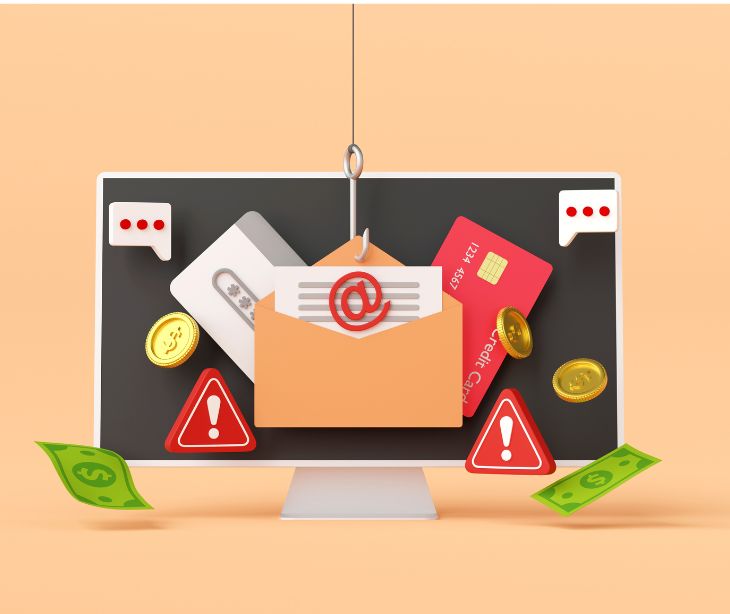
Ransomware attacks on healthcare organizations have increased over the past few years and 2022 was no exception. These attacks have devastating consequences, leading to data breaches, system outages, and financial losses for the affected organizations.
According to a recent report, an estimated 290 healthcare organizations were impacted by ransomware in 2022. However, the number could be bigger as many disclosures of cyber attacks are unclear. The most notable reported attack was on CommonSpirit Health, which exposed the data of over 623,000 patients.
The impact of ransomware on healthcare
Successful ransomware attacks on healthcare organizations are often more devastating than in other industries because of the impact they can have on patient care.
When a healthcare organization's systems are down or data is unavailable, it can lead to delays in treatment and a lack of access to critical information. This can be especially dangerous in emergency situations where every second counts.
In addition to the direct impact on patient care, ransomware attacks can also result in financial losses for the affected organization. Ransom payments can be costly, and the disruptions caused can lead to downstream revenue losses as well as costs to recover any affected data.
See related: Ransomware is targeting vulnerable, smaller clinics
How ransomware attacks happen
There are several tactics that attackers commonly use when launching ransomware attacks. The most common method is to send phishing emails to employees, tricking them into clicking on a link or downloading a malicious file.
Attackers may also use vulnerabilities in outdated software or systems to gain access to an organization's network. Once they have access, they can deploy the ransomware and begin encrypting data, rendering it inaccessible until a ransom is paid.
Healthcare organizations can mitigate these threats by implementing a sound cybersecurity program that includes both technical and administrative safeguards. This includes training employees on how to identify and avoid phishing attacks, regularly patching any vulnerabilities, as well as having HIPAA compliant email solutions to prevent attacks from reaching end users.
However, even the best plans can fail, so it's also important to have a backup plan in place in case of a successful ransomware attack. This can include regularly backing up data and having a disaster recovery plan in place to ensure that critical systems can be quickly restored in the event of an attack.
Conclusion
Ransomware attacks on healthcare organizations can have serious consequences, both financial and with patient outcomes. These attacks are becoming increasingly common, and it is important for healthcare organizations to take steps to protect themselves.
By implementing technical and administrative safeguards, as well as having a backup recovery plan in place, healthcare organizations can minimize their risk of falling victim to a ransomware attack.
Subscribe to Paubox Weekly
Every Friday we'll bring you the most important news from Paubox. Our aim is to make you smarter, faster.




